Publications
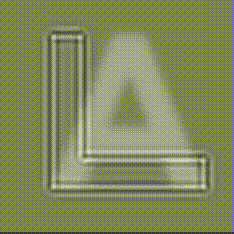 • Ramirez, L.D., Wang, F. & Ling S. (2025)
• Ramirez, L.D., Wang, F. & Ling S. (2025)
Attention alters population spatial frequency tuning
Journal of Neuroscience
pdf
 • Pan, J., Vinke, L.N, McGuire, J.T, & Ling S. (2025)
• Pan, J., Vinke, L.N, McGuire, J.T, & Ling S. (2025)
Heterogenous effects of cognitive arousal on the contrast response in human visual cortex
Journal of Neuroscience
pdf
 • Bloem, I.B., Bakst, L., McGuire, J.T, & Ling S. (2025)
• Bloem, I.B., Bakst, L., McGuire, J.T, & Ling S. (2025)
Dynamic estimation of the attentional field from visual cortical activity
eLife
pdf
 • Klímová M, Bloem IM, Ling S. (2025)
• Klímová M, Bloem IM, Ling S. (2025)
How does orientation-tuned normalization spread across the visual field?
Journal of Neurophysiology
pdf
 • Pan, J., Sun, X., Park, E., Kaufmann, M., Klimova, M., McGuire, J.T, Ling, S. (2024)
• Pan, J., Sun, X., Park, E., Kaufmann, M., Klimova, M., McGuire, J.T, Ling, S. (2024)
The effects of emotional arousal on pupil size depend on luminance
Scientific Reports
pdf
 • Geurts L.S., Ling S., & Jehee, J.F.M. (2024)
• Geurts L.S., Ling S., & Jehee, J.F.M. (2024)
Pupil-linked arousal modulates precision of stimulus representation in cortex
Journal of Neuroscience
pdf
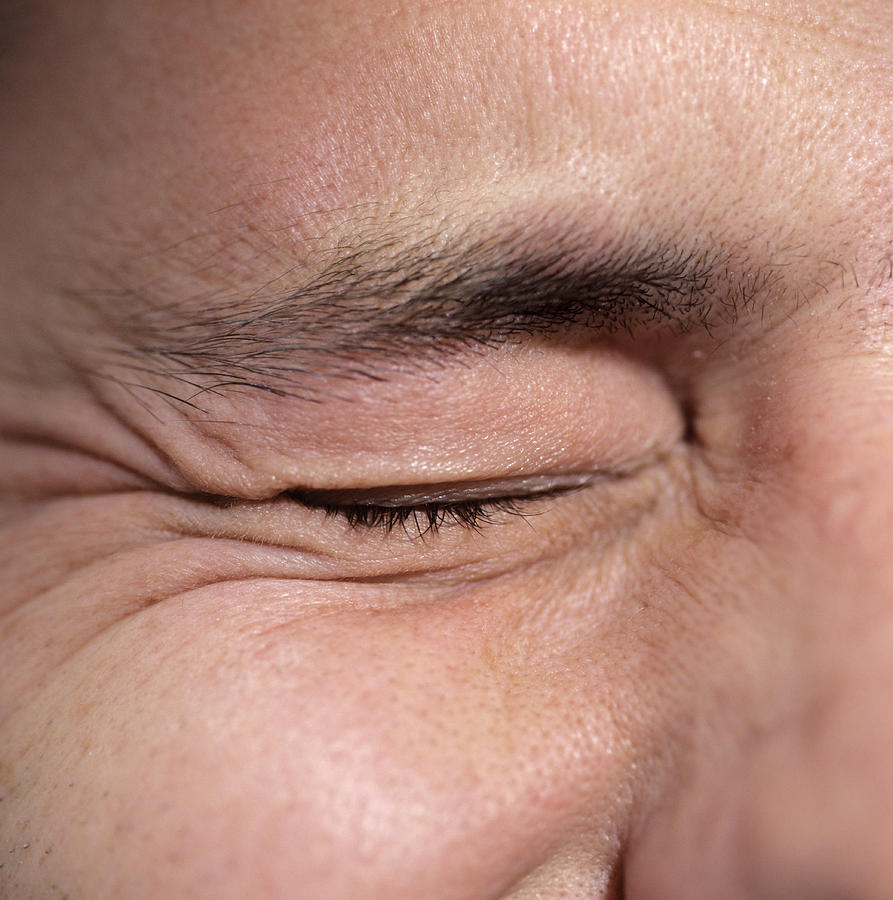 • Cicero NG, Klimova M, Lewis LD, Ling S. (2024)
• Cicero NG, Klimova M, Lewis LD, Ling S. (2024)
Differential cortical and subcortical visual processing with eyes shut
Journal of Neurophysiology
pdf
 • Cheng, Y., Ling, S., Stern, C. E., Huang, A., & Chrastil, E. R. (2024)
• Cheng, Y., Ling, S., Stern, C. E., Huang, A., & Chrastil, E. R. (2024)
(Don’t) look where you’re going: Evidence for a travel direction signal in humans that is independent of head direction.
Journal of Experimental Psychology: General
pdf

• Klímová M, Bloem IM, Ling S. (2023)
Attention preserves the selectivity of feature-tuned normalization
Journal of Neurophysiology
pdf

• Foster, J.J. & Ling, S. (2022)
Feature-based attention multiplicatively scales the fMRI-BOLD contrast-response function
Journal of Neuroscience
pdf

• Harrison, A., Ling, S. & Foster, J.J. (2022)
The cost of divided attention for detection of simple visual features primarily reflects limits in post-perceptual processing
Attention, Perception & Psychophysics
pdf

• Klimova, M. & Ling, S. (2022)
Davida reorients intermediate visual processing
Cognitive Neuropsychology
pdf
 • Pan, J., Klimova, M., McGuire, J.T. & Ling, S. (2022)
• Pan, J., Klimova, M., McGuire, J.T. & Ling, S. (2022)
Arousal-based pupil modulation is dictated by luminance
Scientific Reports
pdf

• Vinke, L.N., Bloem, I.B. & Ling, S. (2022)
Saturating Nonlinearities of Contrast Response in Human Visual Cortex
Journal of Neuroscience
pdf

• Foster, J.J. & Ling, S. (2021)
Normalizing population receptive fields
Proceedings of the National Academy of Sciences
pdf

• Klimova, M. Bloem, I.M. & Ling, S. (2021)
The specificity of orientation-tuned normalization within human early visual cortex
Journal of Neurophysiology
pdf
![]()
• Ramirez, L.D., Foster, J.J., & Ling, S. (2021)
Temporal attention selectively enhances target features
Journal of Vision
pdf
 • Bertana, A., Chetverikov, A., van Bergen, R.S., Ling, S. & Jehee, J.F.M. (2021)
• Bertana, A., Chetverikov, A., van Bergen, R.S., Ling, S. & Jehee, J.F.M. (2021)
Dual strategies in human confidence judgments
Journal of Vision
pdf
 • Brascamp, J.W., Cuthbert, P. & Ling, S. (2020)
• Brascamp, J.W., Cuthbert, P. & Ling, S. (2020)
Conflict defined by global gestalt can modulate binocular rivalry suppression
Journal of Vision
pdf
 • Aghajari, S., Vinke, L. & Ling, S. (2020)
• Aghajari, S., Vinke, L. & Ling, S. (2020)
Population Spatial Frequency Tuning in Human Early Visual Cortex
Journal of Neurophysiology
pdf
 • Vinke, L. & Ling, S. (2020)
• Vinke, L. & Ling, S. (2020)
Luminance Potentiates Human Visuocortical Responses
Journal of Neurophysiology
pdf
 • Bloem, I.M. & Ling, S. (2019)
• Bloem, I.M. & Ling, S. (2019)
Normalization governs attentional modulation within human visual cortex
Nature Communications 10:5660
pdf
 • Qian, C.S., M., Ling, S., Brascamp, J.W. (2019)
• Qian, C.S., M., Ling, S., Brascamp, J.W. (2019)
Dichoptic vision in the absence of attention: neither fusion nor rivalry
Scientific Reports 9:12904
pdf

• Lojowska, M., Ling, S., Roelofs, K., Hermans, E. (2018)
Visuocortical changes during a freezing-like state in humans
Neuroimage 179: 313-325
pdf
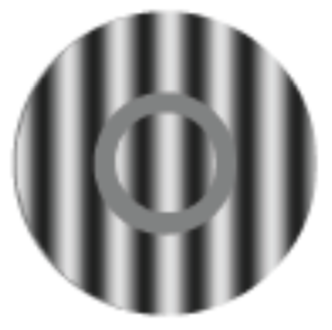 • Bloem, I.M., Watanabe, Y., Kibbe, M & Ling, S. (2018)
• Bloem, I.M., Watanabe, Y., Kibbe, M & Ling, S. (2018)
Visual memories bypass normalization
Psychological Science 29(5): 845-856
pdf
 • Bloem, I.M. & Ling, S. (2017)
• Bloem, I.M. & Ling, S. (2017)
Attentional modulation interacts with orientation anisotropies in contrast perception
Journal of Vision 17(11):6, 1–14
pdf
 • Poltoratski, S., Ling, S., McCormack, D. & Tong, F. (2017)
• Poltoratski, S., Ling, S., McCormack, D. & Tong, F. (2017)
Characterizing the effects of feature salience and top-down attention in the early visual system.
Journal of Neurophysiology 118: 564–573
pdf
![]() • Kim, D., Lokey, S. & Ling, S. (2017)
• Kim, D., Lokey, S. & Ling, S. (2017)
Elevated arousal levels enhance contrast perception.
Journal of Vision 17(2), 14. doi:10.1167/17.2.14
pdf
 • Moerel, D., Ling, S. & Jehee, J.F.M. (2016)
• Moerel, D., Ling, S. & Jehee, J.F.M. (2016)
Perceptual Learning Increases Orientation Sampling Efficiency.
Journal of Vision 16, 36. doi:10.1167/16.3.36
pdf
 • Kietzmann, T.C., Poltoratski, S., König, P., Blake, R., Tong, F., & Ling, S. (2015)
• Kietzmann, T.C., Poltoratski, S., König, P., Blake, R., Tong, F., & Ling, S. (2015)
The occipital face area is causally involved in facial viewpoint perception.
Journal of Neuroscience 35(50), 16398-16403
pdf
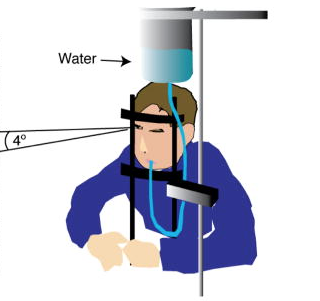 • Kim, D., Ling, S., & Watanabe, T. (2015)
• Kim, D., Ling, S., & Watanabe, T. (2015)
Dual mechanisms governing reward-driven perceptual learning.
F1000 Research 4, 764
pdf
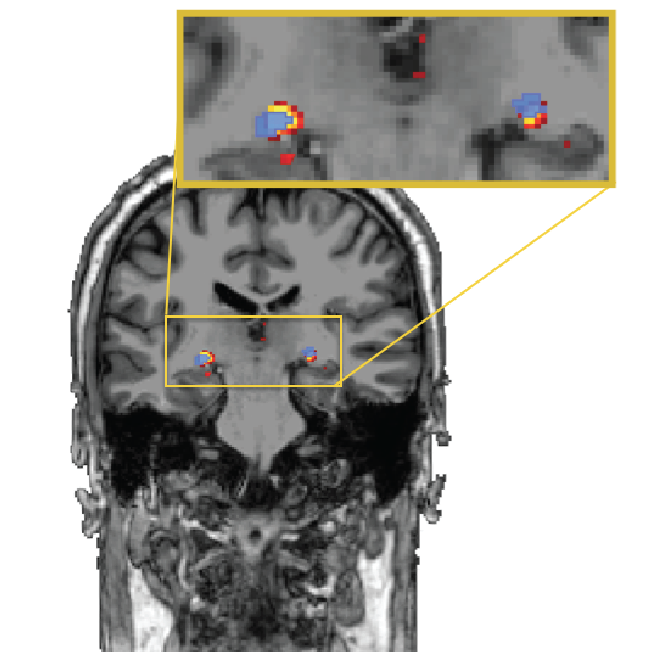 • Ling, S., Pratte, M.S. & Tong, F. (2015)
• Ling, S., Pratte, M.S. & Tong, F. (2015)
Attention alters orientation processing in the human lateral geniculate nucleus.
Nature Neuroscience 18, 496–498.
pdf
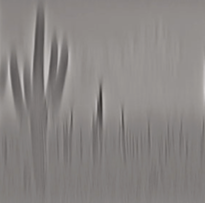 • Ling, S., Jehee, J.F.M, & Pestilli, F. (2014)
• Ling, S., Jehee, J.F.M, & Pestilli, F. (2014)
A review of the mechanisms by which attentional feedback shapes visual selectivity.
Brain, Structure & Function 3, 1237-1250
pdf
 • Pratte, M., Ling, S., Swisher, J, & Tong, F. (2013)
• Pratte, M., Ling, S., Swisher, J, & Tong, F. (2013)
How attention extracts objects from noise.
Journal of Neurophysiology 110: 1346–1356
pdf
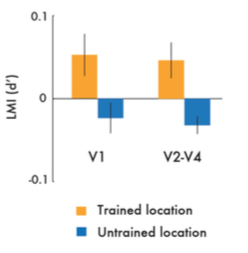 • Jehee*, J.F.M, Ling*, S., Swisher, J., van Bergen, R., and Tong, F. (2012)
• Jehee*, J.F.M, Ling*, S., Swisher, J., van Bergen, R., and Tong, F. (2012)
Perceptual learning selectively refines orientation representations in early visual cortex.
Journal of Neuroscience 32(47):16747–16753
pdf
 • Ling, S. & Blake, R. (2012)
• Ling, S. & Blake, R. (2012)
Normalization regulates competition for visual awareness.
Neuron 75, 533-542
pdf
 • Ling, S., Hubert-Wallander, B. & Blake, R. (2010)
• Ling, S., Hubert-Wallander, B. & Blake, R. (2010)
Detecting changes in invisible patterns during binocular rivalry.
Vision Research 50(23), 2421-2429
pdf
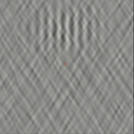 • Ling, S. & Blake, R. (2009).
• Ling, S. & Blake, R. (2009).
Suppression during binocular rivalry broadens orientation tuning.
Psychological Science 20(11), 1348 – 1355
pdf
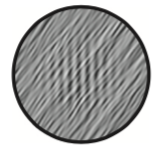 • Ling, S. Pearson, J. & Blake, R. (2009).
• Ling, S. Pearson, J. & Blake, R. (2009).
Dissociation of neural mechanisms underlying orientation processing in humans.
Current Biology 19(17), 1458-1462
pdf
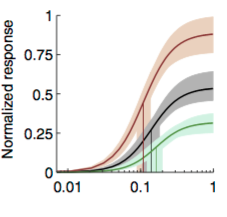 • Pestilli, F., Ling, S. & Carrasco, M. (2009).
• Pestilli, F., Ling, S. & Carrasco, M. (2009).
A population-coding model of attention’s influence on contrast response: estimating neural effects from psychophysical data.
Vision Research 49, 1144-1153
pdf
 • Ling, S., Liu, T. & Carrasco, M. (2009).
• Ling, S., Liu, T. & Carrasco, M. (2009).
How spatial and feature-based attention affect the gain and tuning of population responses.
Vision Research 49, 1194-1204
pdf
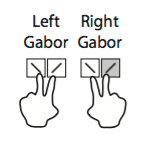 • Carrasco, M., Fuller, S. & Ling, S. (2008).
• Carrasco, M., Fuller, S. & Ling, S. (2008).
Transient attention does increase perceived contrast of suprathreshold stimuli: A reply to Prinzmetal, Long and Leonhardt (2008).
Perception & Psychophysics 70, 1151-1164
pdf
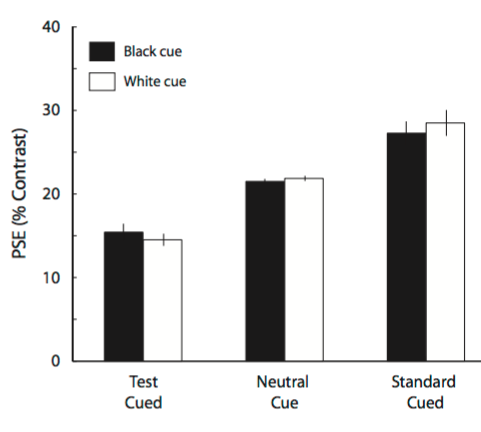 • Ling, S. & Carrasco, M. (2007).
• Ling, S. & Carrasco, M. (2007).
Transient covert attention does alter appearance: A reply to Schneider (2006).
Perception & Psychophysics 69(6), 1051-1058
pdf
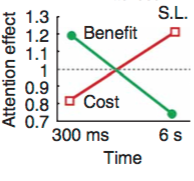 • Ling, S. & Carrasco, M. (2006).
• Ling, S. & Carrasco, M. (2006).
When sustained attention impairs perception.
Nature Neuroscience 9, 1243-1245
pdf
 • Phelps, E., Ling, S. & Carrasco, M. (2006).
• Phelps, E., Ling, S. & Carrasco, M. (2006).
Emotion facilitates perception and boosts the perceptual benefits of attention.
Psychological Science 17(4), 292-299
pdf
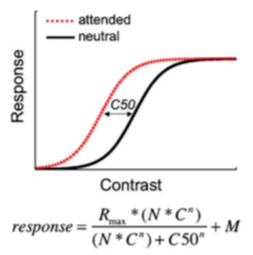 • Ling, S. & Carrasco, M. (2006).
• Ling, S. & Carrasco, M. (2006).
Sustained and transient covert attention enhance the signal via different contrast response functions.
Vision Research 46, 1210-1220
pdf
 • Carrasco, M., Ling, S. & Read, S. (2004).
• Carrasco, M., Ling, S. & Read, S. (2004).
Attention alters appearance.
Nature Neuroscience 7, 308-313
pdf

